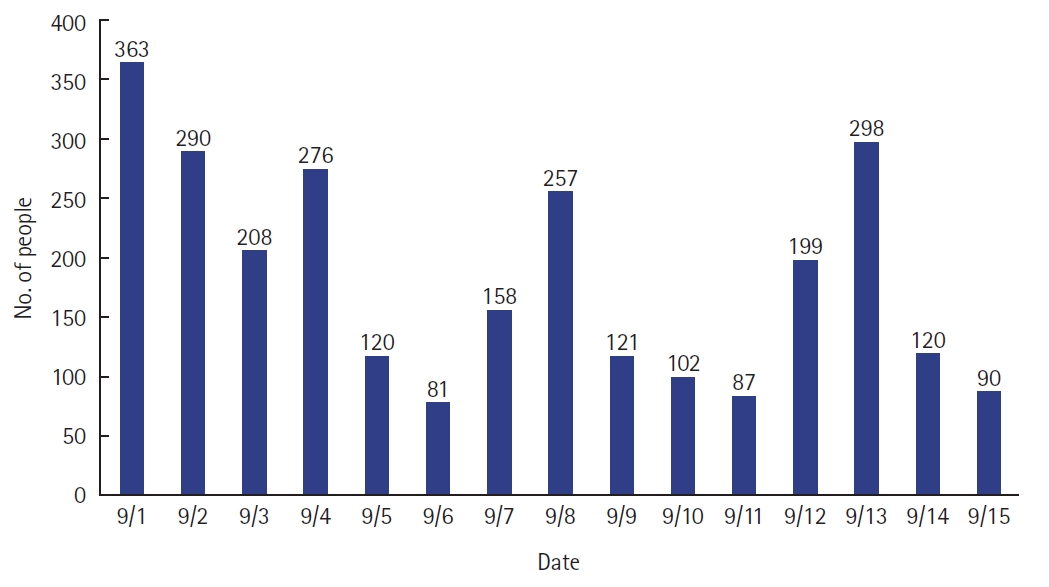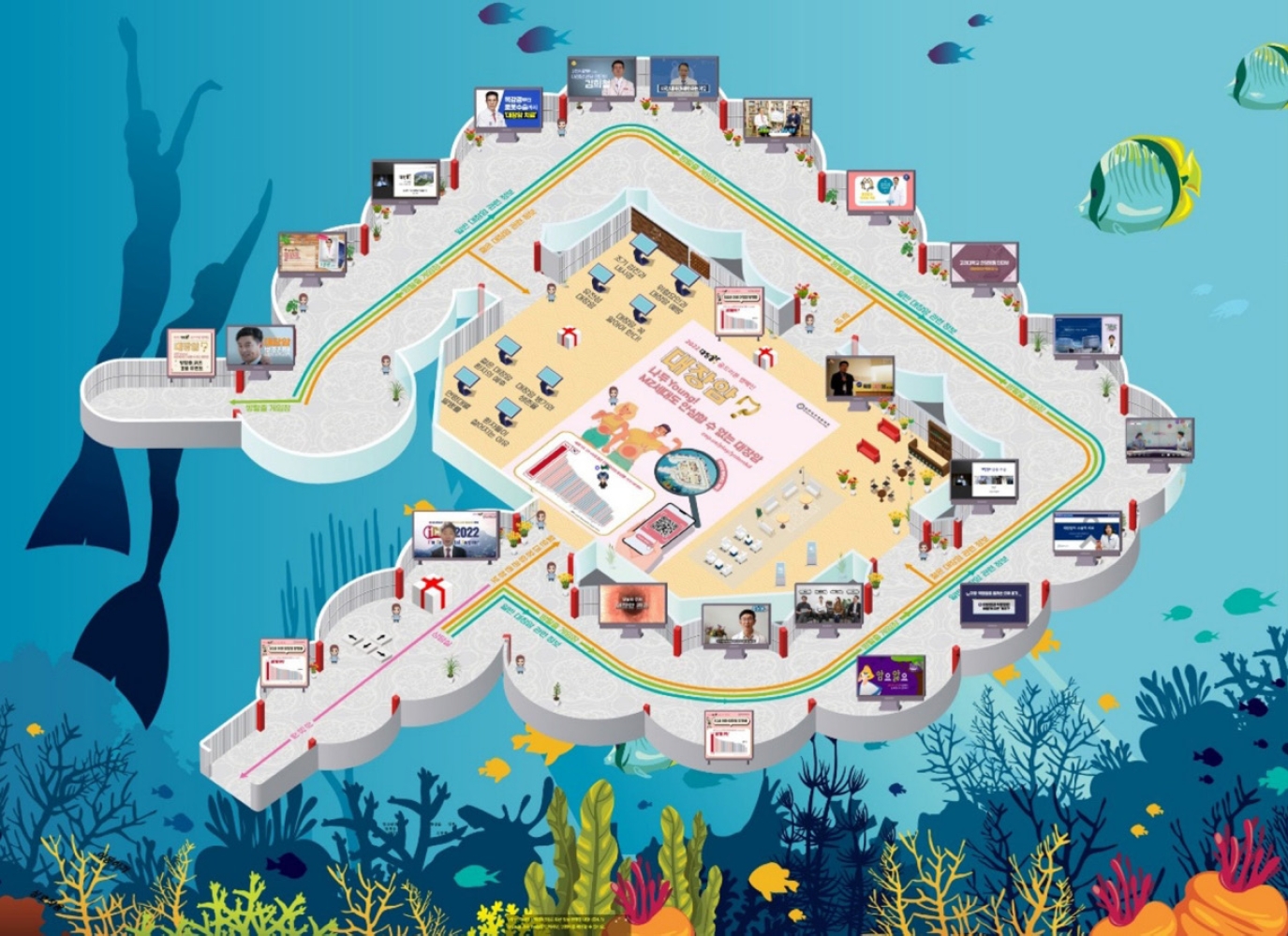- Search
| Ann Coloproctol > Volume 40(2); 2024 > Article |
|
Abstract
Purpose
Methods
Results
Notes
Acknowledgments
The authors express their gratitude to the voluntary participants of the 2022 Gold Ribbon Campaign.
Author contributions
Conceptualization: HKO, YBC, Chang Woo K, Chan Wook K; Data curation: TGL, GHS, HA, ECH, SH, KHS; Formal analysis: TGL, GHS, SH, KHS; Funding acquisition: HKO, YBC, ECH, Chang Woo K, Chan Wook K; Investigation: TGL, GHS, HA, SK, HJK, SH, KHS; Methodology: HKO, YBC, MB, ECH, SK; Project administration: HKO, YBC, HJK, SK; Resources: MB, ECH, KHS Software: MB, SH, KHS; Supervision: HKO, YBC, Chang Woo K, Chan Wook K; Validation: ECH, SK, HJK, SH; Visualization: MB, ECH, SK, Chang Woo K, HJK, SH, KHS, Chan Wook K; Writing–original draft: TGL, GHS, HA; Writing–review & editing: HKO, MB, ECH, SK, Chang Woo K, HJK, SH, KHS, Chan Wook K, YBC. All authors read and approved the final manuscript.
Fig. 4.

Fig. 5.

Fig. 6.

Fig. 7.













